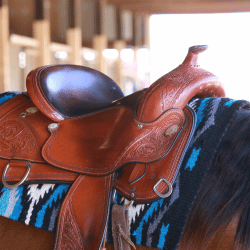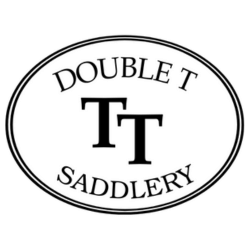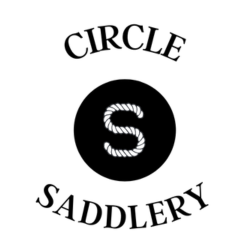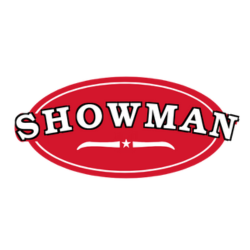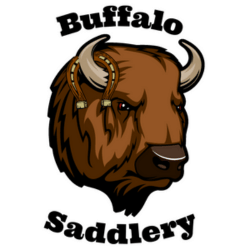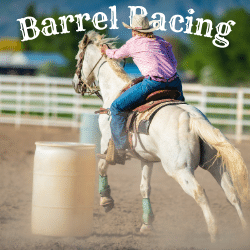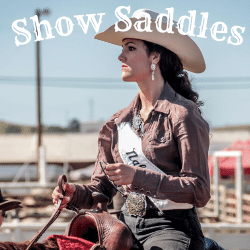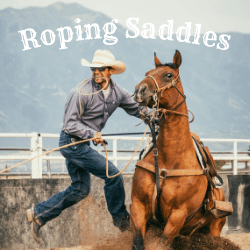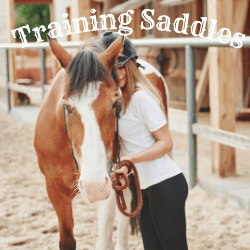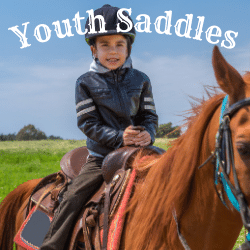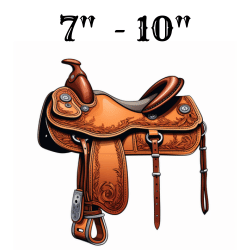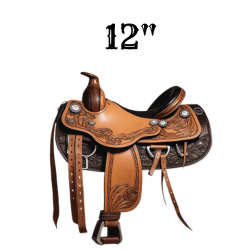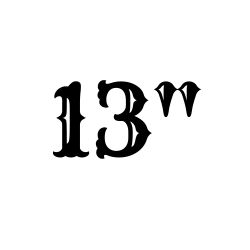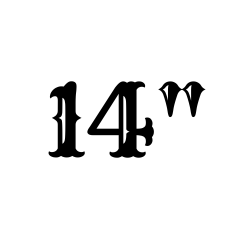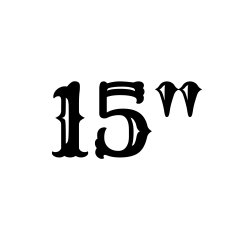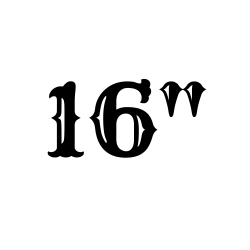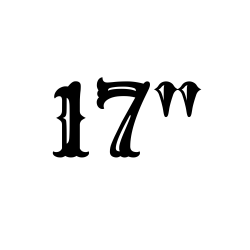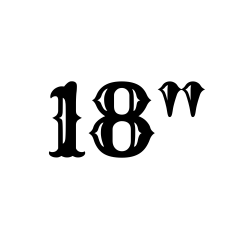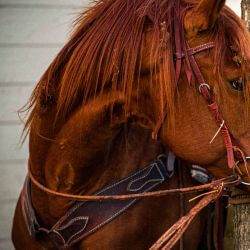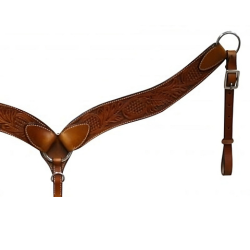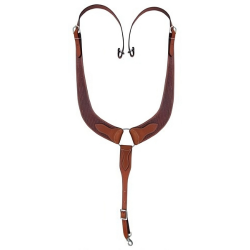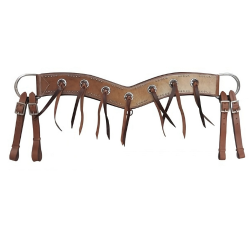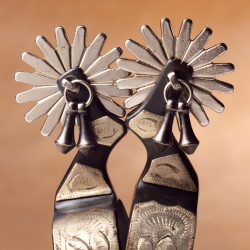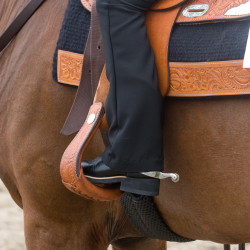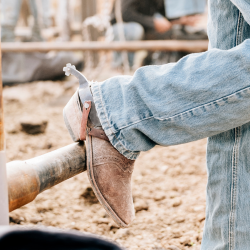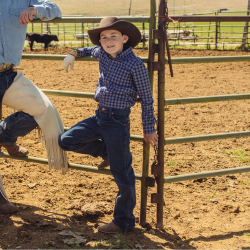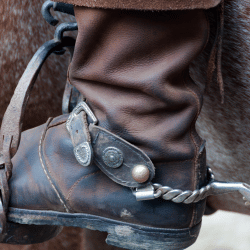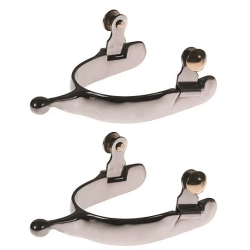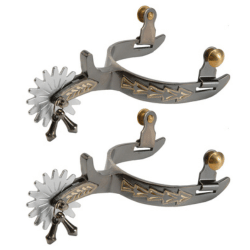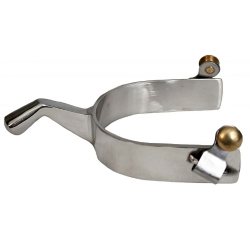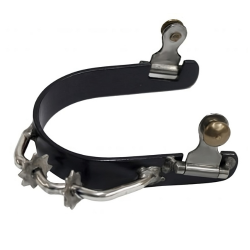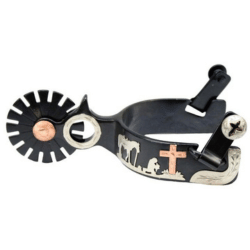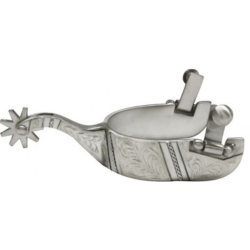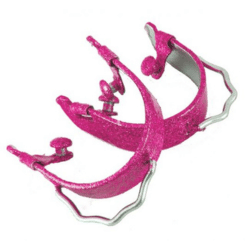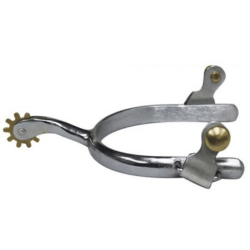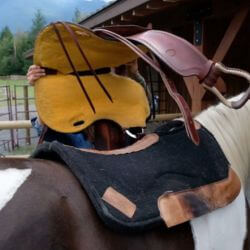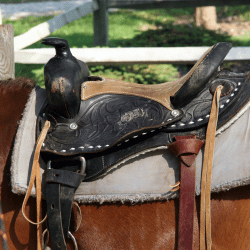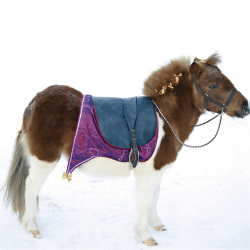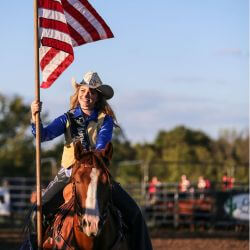Welcome to our blog post on fitting an equine breast collar! If you're a horse owner or enthusiast, you know how important it is to have the proper equipment for your equine companion. One essential piece of gear that often gets overlooked is the breast collar.
In this blog post, we will guide you through the process of fitting an equine breast collar correctly. Understanding the importance of a properly fitted breast collar is crucial for the comfort and safety of your horse during various activities such as riding, driving, or working.
First, let's start by understanding what an equine breast collar is and why it is used. A breast collar is a piece of tack that is designed to prevent the saddle from sliding back on the horse's back. It is worn over the chest of the horse and attaches to the saddle's girth or cinch. The primary purpose of a breast collar is to distribute the weight of the saddle and rider more evenly, providing stability and preventing discomfort or injury to the horse.
There are different types of equine breast collars available, including traditional leather breast collars, synthetic materials, and specialized designs for specific disciplines such as endurance riding or roping. When choosing the right breast collar for your horse, you need to consider factors like size, fit, material, and design options.
To ensure a proper fit, we will guide you through the process of measuring your horse for a breast collar. We will discuss the importance of accurate measurements and provide tips on how to select the right size based on your horse's conformation and activity level.
Once you have selected the appropriate breast collar, we will walk you through a step-by-step guide on how to fit it correctly. This guide will cover positioning the breast collar properly, adjusting the straps for the right tension, and checking the fit to ensure your horse's comfort and freedom of movement.
Additionally, we will provide maintenance tips to help you keep your equine breast collar in good condition. Proper cleaning and storage are essential for extending the lifespan of your breast collar. We will also address common fit issues and troubleshooting techniques to ensure your horse's comfort and safety.
Knowing when to replace your breast collar is crucial to maintaining the well-being of your horse. We will discuss signs of wear and tear to look out for and provide guidance on when it's time to invest in a new breast collar.
By the end of this blog post, you will have a comprehensive understanding of how to fit an equine breast collar properly and the importance of doing so. So let's get started on this journey to ensure the comfort, safety, and well-being of your equine partner!
Introduction: Understanding the Importance of Properly Fitting an Equine Breast Collar
A well-fitting equine breast collar is essential for the comfort and safety of your horse during various activities such as riding, driving, or working. In this section, we will delve into the importance of properly fitting an equine breast collar and the impact it can have on your horse's overall well-being.
The Role of a Properly Fitted Equine Breast Collar
A properly fitted breast collar helps to distribute the weight of the saddle and rider more evenly across the horse's chest, shoulders, and back. This distribution of weight helps to prevent the saddle from sliding back, providing stability and reducing the risk of discomfort or injury to the horse.
When a breast collar is improperly fitted, it can lead to a range of issues. If the breast collar is too loose, it may not effectively prevent the saddle from slipping back, causing the saddle to become unbalanced and potentially creating discomfort for the horse. On the other hand, if the breast collar is too tight, it can restrict the horse's movement and impede their natural gait, leading to discomfort, muscle strain, or even injury.
Impact on Horse's Comfort and Performance
A poorly fitted breast collar can have a significant impact on your horse's comfort and performance. When a breast collar is too loose, it may allow the saddle to shift, causing discomfort and making it difficult for the horse to maintain a balanced and efficient movement. This can result in decreased performance, resistance, or even behavioral issues.
Conversely, if the breast collar is too tight, it can restrict the horse's shoulder movement, impede their ability to stretch and reach forward, and interfere with their natural stride. This can cause discomfort, muscle tension, and potential long-term issues such as soreness or even damage to the horse's musculoskeletal system.
Safety Considerations
Properly fitting an equine breast collar is not only crucial for the comfort and performance of your horse but also for their safety. A well-fitted breast collar helps to stabilize the saddle, reducing the risk of it slipping back or shifting during activities such as jumping, fast-paced riding, or working on uneven terrain. This stability promotes a safer riding experience for both the horse and the rider.
An ill-fitting breast collar, on the other hand, can create a hazardous situation. If the breast collar is too loose, the saddle may slide back, causing the rider to lose balance and potentially leading to a fall. Conversely, if the breast collar is too tight, it can restrict the horse's movement and compromise their ability to navigate obstacles or maintain balance, increasing the risk of accidents or injuries.
Building Trust and Connection
Properly fitting and using an equine breast collar is not just about the physical aspects of comfort and safety; it also plays a role in building trust and connection between you and your horse. When your horse feels comfortable and unrestricted in their movement, they are more likely to trust you as their rider and partner. A well-fitted breast collar allows your horse to move freely, enhancing their willingness to engage and perform to their best ability.
In summary, understanding the importance of properly fitting an equine breast collar is vital for the well-being, comfort, and safety of your horse. A well-fitted breast collar helps distribute weight evenly, promotes proper movement and performance, and builds trust and connection between you and your horse. In the following sections, we will delve deeper into the different types of breast collars, how to choose the right one for your horse, and the step-by-step process of fitting it correctly.
What is an Equine Breast Collar and Why is it Used?
An equine breast collar is a piece of tack that is designed to prevent the saddle from sliding back on the horse's back. It is worn over the chest of the horse, attaching to the saddle's girth or cinch. In this section, we will explore the purpose of an equine breast collar and discuss why it is used in horse riding and other activities.
The Purpose of an Equine Breast Collar
The primary purpose of an equine breast collar is to provide stability and prevent the saddle from shifting backward during various equestrian activities. By distributing the weight of the saddle and rider more evenly across the horse's chest, shoulders, and back, the breast collar helps to maintain proper saddle placement.
When a horse is in motion, particularly during activities such as galloping, jumping, or navigating rough terrain, the saddle may have a tendency to slide back. This backward movement of the saddle can cause discomfort for the horse, affect their balance, and potentially lead to accidents or injuries.
The breast collar acts as a safeguard, reducing the risk of the saddle slipping back and maintaining a secure and balanced position. It helps to stabilize the saddle, allowing the horse to move freely and perform optimally without the worry of the saddle shifting.
Different Types of Equine Breast Collars
Equine breast collars come in various designs and materials, each with its own features and benefits. The type of breast collar you choose depends on factors such as your riding discipline, personal preference, and the needs of your horse. Here are some common types of equine breast collars:
-
Traditional Leather Breast Collars: These are made of high-quality leather and are popular for their durability and classic appearance. Leather breast collars offer a timeless aesthetic and are suitable for a wide range of disciplines.
-
Synthetic or Nylon Breast Collars: These are made from synthetic materials such as nylon or neoprene. They are lightweight, easy to clean, and often more affordable than leather. Synthetic breast collars are commonly used in disciplines like trail riding, endurance riding, or in wet or humid environments.
-
Pulling Breast Collars: Pulling breast collars feature an additional strap that attaches to the horse's harness or collar. They are commonly used in driving and draft horse activities to provide extra stability and control.
-
Show Breast Collars: Show breast collars are designed with decorative accents, such as silver or fancy stitching, and are commonly used in horse shows or events where appearance is important.
-
Specialty Breast Collars: There are specialized breast collars available for specific disciplines or activities, such as roping, barrel racing, or endurance riding. These breast collars are designed with specific features to meet the demands of those particular activities.
Now that we have explored the purpose of an equine breast collar and the different types available, let's move on to the next section where we will discuss how to choose the right breast collar for your horse.
How to Choose the Right Breast Collar for Your Horse
When it comes to choosing the right breast collar for your horse, there are several factors to consider. The right breast collar should not only fit your horse comfortably but also be suitable for the specific discipline or activity you participate in. In this section, we will discuss the important considerations to keep in mind when selecting a breast collar for your horse.
Size and Fit Considerations
One of the most crucial aspects of choosing a breast collar is ensuring that it fits your horse properly. A poorly fitting breast collar can cause discomfort, restrict movement, or even lead to injuries. Here are some size and fit considerations to keep in mind:
-
Measurements: Take accurate measurements of your horse's chest circumference and the distance between the points where the breast collar will attach to the saddle. This will help you determine the right size of breast collar to look for.
-
Adjustability: Look for a breast collar that offers adjustability in multiple areas, such as the straps and the position of the collar itself. This allows for a more customized fit to accommodate your horse's conformation and movement.
-
Clearance: Ensure that the breast collar provides adequate clearance between the horse's chest and the collar itself. There should be enough room for the horse to move comfortably without any rubbing or chafing.
-
Freedom of Movement: The breast collar should not restrict the horse's shoulder movement or interfere with their natural stride. It should allow for a full range of motion, enabling the horse to perform at their best.
Material and Design Options
Breast collars are available in various materials and designs. Consider the following factors when choosing the material and design for your horse's breast collar:
-
Leather: Leather breast collars are known for their durability and classic appearance. They offer a timeless aesthetic and can withstand regular use. However, leather requires regular cleaning and conditioning to maintain its quality.
-
Synthetic Materials: Synthetic or nylon breast collars are lightweight, easy to clean, and often more affordable than leather options. They are suitable for riders who prefer low-maintenance tack or engage in activities where moisture resistance is important.
-
Design Features: Consider any additional design features that may be necessary for your specific discipline or activity. For example, if you participate in endurance riding, you may want a breast collar with built-in storage options for essentials like trail maps or a hoof pick.
How to Measure Your Horse for a Breast Collar
To ensure the best fit, it's important to measure your horse accurately for a breast collar. Follow these steps to measure your horse:
-
Chest Circumference: Using a flexible tape measure, measure the circumference of your horse's chest just behind the horse's front legs. Make sure the tape measure is snug but not too tight.
-
Attachment Points: Measure the distance between the points where the breast collar will attach to the saddle. This is typically from the D-rings on the saddle's cinch or girth to the rings or buckles on the breast collar.
-
Note the Measurements: Write down the measurements you took for both the chest circumference and the attachment points. These measurements will help you select the appropriate size of breast collar.
By considering the size and fit, as well as the material and design options, and accurately measuring your horse, you will be able to choose the right breast collar that ensures comfort, functionality, and safety for your horse. In the next section, we will provide a step-by-step guide on how to fit an equine breast collar correctly.
Step-by-Step Guide to Fitting an Equine Breast Collar
Fitting an equine breast collar correctly is essential to ensure your horse's comfort, safety, and freedom of movement. In this section, we will provide you with a step-by-step guide on how to fit an equine breast collar properly.
Step 1: Positioning the Breast Collar
-
Begin by placing the breast collar over your horse's chest. The center of the breast collar should align with the center of the horse's chest, just below the base of the neck.
-
Ensure that the breast collar is centered and sits snugly against the chest without being too tight. It should fit comfortably without restricting the horse's movement or causing any rubbing or chafing.
Step 2: Adjusting the Straps
-
Start by adjusting the neck strap or yoke of the breast collar. This strap should sit snugly at the base of the horse's neck, just behind the withers. It should not be too tight or too loose, allowing for freedom of movement while maintaining stability.
-
Next, adjust the shoulder straps. These straps should run from the breast collar's center ring to the saddle's D-rings or cinch rings. They should be adjusted to a length that allows the breast collar to sit firmly against the chest while still allowing the horse to move their shoulders freely.
-
Check the fit of the breast collar by inserting your hand between the horse's chest and the breast collar. There should be enough clearance to fit your hand comfortably without any pressure or tightness.
Step 3: Checking the Fit
-
Once you have adjusted the straps, walk your horse around in-hand or lunge them to observe their movement. Look for any signs of discomfort, restricted movement, or rubbing caused by the breast collar. If you notice any issues, make necessary adjustments to the strap lengths or position of the breast collar to improve the fit.
-
Pay attention to the horse's behavior and response while wearing the breast collar. They should move freely and comfortably without any signs of resistance or discomfort.
-
Monitor the horse's skin for any signs of rubbing or chafing. If you notice any redness or irritation, re-evaluate the fit and make adjustments as needed.
Additional Tips:
- Always ensure that the breast collar is clean and free from debris before fitting it to your horse.
- Regularly check the fit of the breast collar, especially if you are using different saddles or your horse's weight or conformation changes.
- If you use a breast collar with multiple adjustment points, take note of the strap lengths that work best for your horse's comfort and replicate them each time you fit the breast collar.
By following these step-by-step guidelines and regularly monitoring the fit, you can ensure that your equine breast collar fits your horse properly and provides the necessary stability without restricting their movement. In the next section, we will discuss how to maintain and troubleshoot common fit issues with an equine breast collar.
Maintaining and Troubleshooting Your Equine Breast Collar
Maintaining and troubleshooting your equine breast collar is essential to ensure its longevity, functionality, and the ongoing comfort of your horse. In this section, we will provide you with maintenance tips and address common fit issues that may arise with an equine breast collar.
How to Properly Clean and Store Your Breast Collar
-
Cleaning: Regularly clean your breast collar to remove dirt, sweat, and debris. Use a damp cloth or sponge and mild soap to gently clean the surface of the collar. Avoid using harsh cleaners or abrasive materials that can damage the material.
-
Drying: After cleaning, allow the breast collar to air dry completely before storing it. Avoid exposing it to direct sunlight or heat sources that may cause the material to warp or degrade.
-
Conditioning: Depending on the material of your breast collar, you may need to apply a leather conditioner or a specific product recommended for synthetic materials. Conditioning helps to keep the material supple, preventing it from drying out and cracking.
-
Storage: Store your breast collar in a clean, dry, and well-ventilated area. Avoid storing it in damp or humid conditions that can encourage mold or mildew growth. If possible, hang the breast collar or lay it flat to prevent bending or warping.
Identifying and Addressing Common Fit Issues
-
Rubbing or Chafing: If you notice rubbing or chafing on your horse's chest, it may indicate that the breast collar is too tight or improperly positioned. Adjust the straps to provide more clearance and ensure that the breast collar sits comfortably without causing friction.
-
Slippage or Shifting: If the breast collar slips or shifts during riding, it may indicate that it is too loose. Check the adjustment of the straps and tighten them as needed, ensuring that the breast collar is secure but not constricting.
-
Restricted Movement: If your horse shows signs of restricted movement, such as shortened strides or resistance, it may indicate that the breast collar is too tight and is impeding shoulder movement. Loosen the straps to allow for more freedom of movement while still maintaining stability.
-
Uneven Pressure: Check for any areas of excessive pressure or discomfort on your horse's chest. Adjust the straps to distribute the pressure more evenly. If the issue persists, consider trying a different style or design of breast collar that suits your horse's conformation better.
When to Replace Your Breast Collar
Regularly inspect your breast collar for signs of wear and tear. Here are some indicators that it may be time to replace your breast collar:
- Cracked or frayed material that cannot be repaired.
- Excessive stretching or loss of elasticity in the straps.
- Broken or damaged hardware that compromises the integrity of the breast collar.
- Signs of significant wear that affect the performance or safety of the breast collar.
Replacing your breast collar in a timely manner ensures that your horse continues to have a properly fitting and functional piece of equipment.
By following proper cleaning and storage practices, addressing common fit issues, and knowing when to replace your breast collar, you can maintain its functionality and ensure the ongoing comfort and safety of your horse. In the final section, we will conclude our comprehensive guide on fitting an equine breast collar and summarize the key takeaways.

